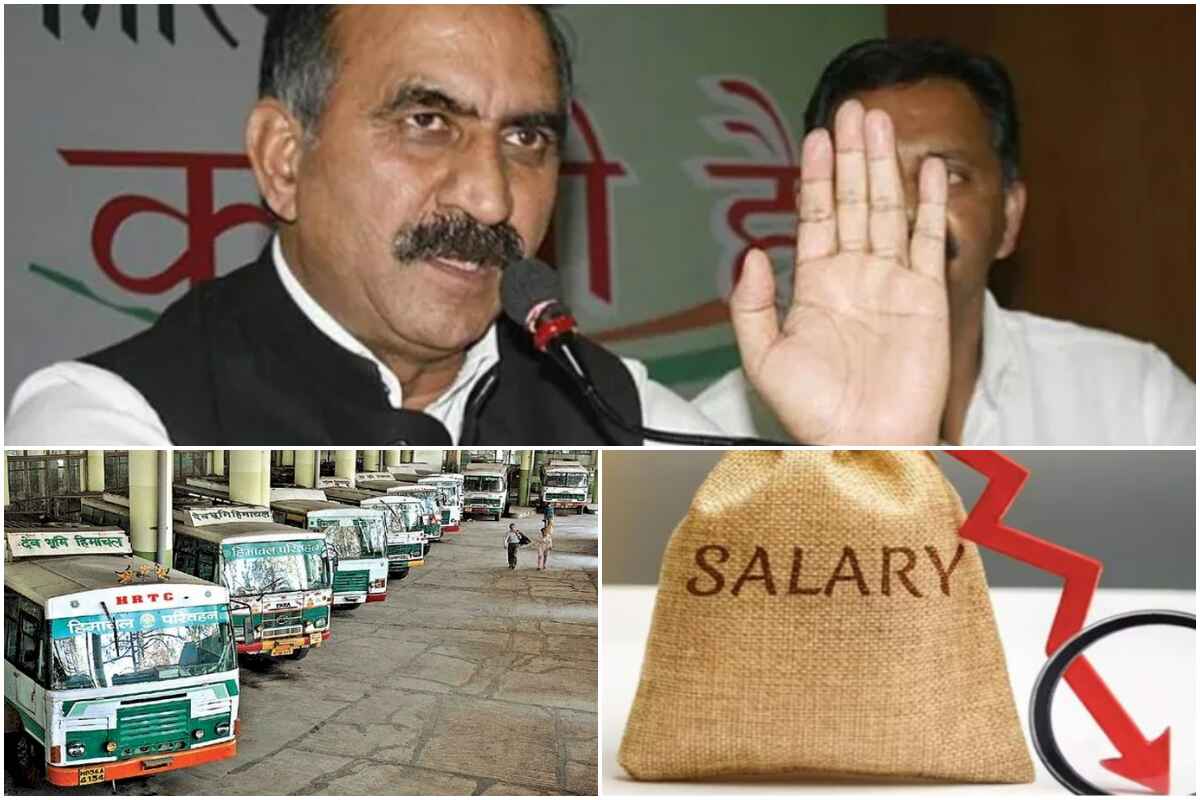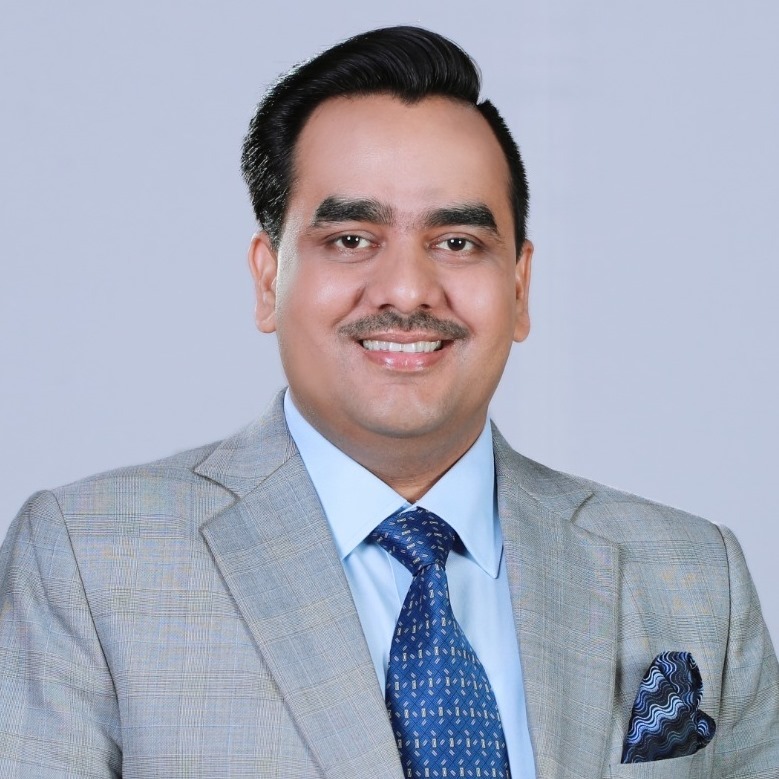
The Sukhwinder Singh Sukhu government in Himachal Pradesh is facing an acute economic crisis. News reports suggest that the salaries of government and contract employees have been delayed for two weeks. These include about 11,000 employees of the Himachal Road Transport Corporation (HRTC) and approximately 4,000 employees of the forest, employment, and Jal Shakti departments. Over 8,000 retired HRTC personnel are yet to receive pensions for the month of May.
Chief Minister Sukhwinder Singh Sukhu has denied any delay in salaries and pensions and put the blame on a smear campaign orchestrated by the central government. The state government is planning to release a white paper on the state’s economic situation. It has held the wrong policies of the previous government responsible for the current woes. CM Sukhu compared the state’s financial health to that of Sri Lanka, drawing criticism from several political quarters. The state government claims it is paying for the economic mismanagement of the previous BJP government. It accuses the preceding Jairam Thakur government of misleading people and mindlessly borrowing, leading to the present scenario.
It is a fact that the tiny Himalayan state has a total debt of Rs 1,000 crore in the current fiscal quarter, up from over Rs 76,000 crore six months ago when the Sukhu government took charge. A large number of people believe that the freebies that paved the way for the Congress’ return to power in the state are responsible for this economic mess. Such populist measures have now closed the doors of development for the state.
The Congress had promised 300 units of free electricity every month to consumers, Rs 1,500 per month for the state’s 2.31 lakh women, and restoration of the old pension scheme for Himachal’s 1.36 lakh government employees. The state government is now arranging for a new debt of Rs 800 crore to fulfill these guarantees. Even this borrowed money may just be enough for the implementation of the old pension scheme.
The state government seems to have trapped itself in a dicey situation. It stands the risk of halting all development in the state if it goes ahead with keeping its word and hampering the Congress’ prospects in other state elections if it doesn’t. Similar guarantees played a big role in the party’s recent victory in Karnataka. It is hoping to replicate the same model to enhance its prospects in the upcoming Assembly polls in Rajasthan, Madhya Pradesh, and Chhattisgarh.
The Congress tactics in the Himachal elections are already resonating in Rajasthan. The state’s Ashok Gehlot government has proposed spending Rs 12,000 crore to provide free smartphones to the state’s 1.33 crore women. The government plans to start distributing these cellphones on the day of the next Rakshabandhan, and the tender process for procuring smartphones has already begun. However, bottlenecks in the supply chain of semiconductor chips after the pandemic might hinder meeting this deadline. In other words, CM Gehlot may find himself in the same catch-22 situation on this front as his Himachal counterpart. Failure to fulfill its promise may not bode well for the government in an election year. Therefore, the state government has now decided to directly transfer money to the women’s accounts. The exact amount of money each beneficiary will receive is yet to be determined, but the government insists it will deliver its Rakshabandhan gift under all circumstances. However, this is just one of the many populist promises it needs to fulfill. Its list of promised goodies includes 100 units of free electricity every month, waiving surcharge up to the limit of 200 units, LPG cylinder at Rs 500, discount on bus fares for women, scooties for 30,000 girls, and 2,000 units of free electricity for farmers.
Counting on freebies for electoral gain is a growing ailment across the political spectrum. Madhya Pradesh’s BJP government has adopted similar tactics in the run-up to the Assembly polls. There is little doubt that its promises can only be fulfilled through borrowed money. State debt is not necessarily bad if the money is used for infrastructure development. However, borrowing money for doling out giveaways may not be wise for any government in the long term.
The Aam Aadmi Party is credited with starting the freebie trend in contemporary politics. It paid dividends in the form of hat trick victories in Delhi, followed by electoral success in Punjab. However, South Indian regional parties have adopted the same model long before Arvind Kejriwal’s party came into being. Both the main national parties have also recently banked on the same strategy, with the latest example being the UP government’s promise last year to deliver 2 crore tablets or smartphones, free scooties to school girls, and two free LPG cylinders on Holi and Deepawali.
Therefore, it is not a partisan issue. The reality is that many state governments are reeling under debt, and yet the freebie trend is on the rise in Indian politics. One needs to consider how many of these freebies are truly necessary. The country can barely afford to provide free goodies to those who already have resources when billions of Indians still lack basic facilities.
Elected governments have the prerogative of deciding welfare policies in a democracy. However, using these policies for political gain can only have negative consequences for the country’s economy. This is why Prime Minister Narendra Modi had cautioned against the “Rewari Culture.” Even the Supreme Court has taken a strict stance on this matter.
The fundamental question is, why are these “Rewaris” necessary at all? Is it because many Indians are still deprived of food, education, and healthcare? The solution lies in empowering our citizens economically. However, political parties are more focused on holding onto power rather than worrying about the future of the country. Is Himachal’s current economic state just a glimpse of what other states might experience as well?


















